Capturing Direct and Indirect Light: A Demo
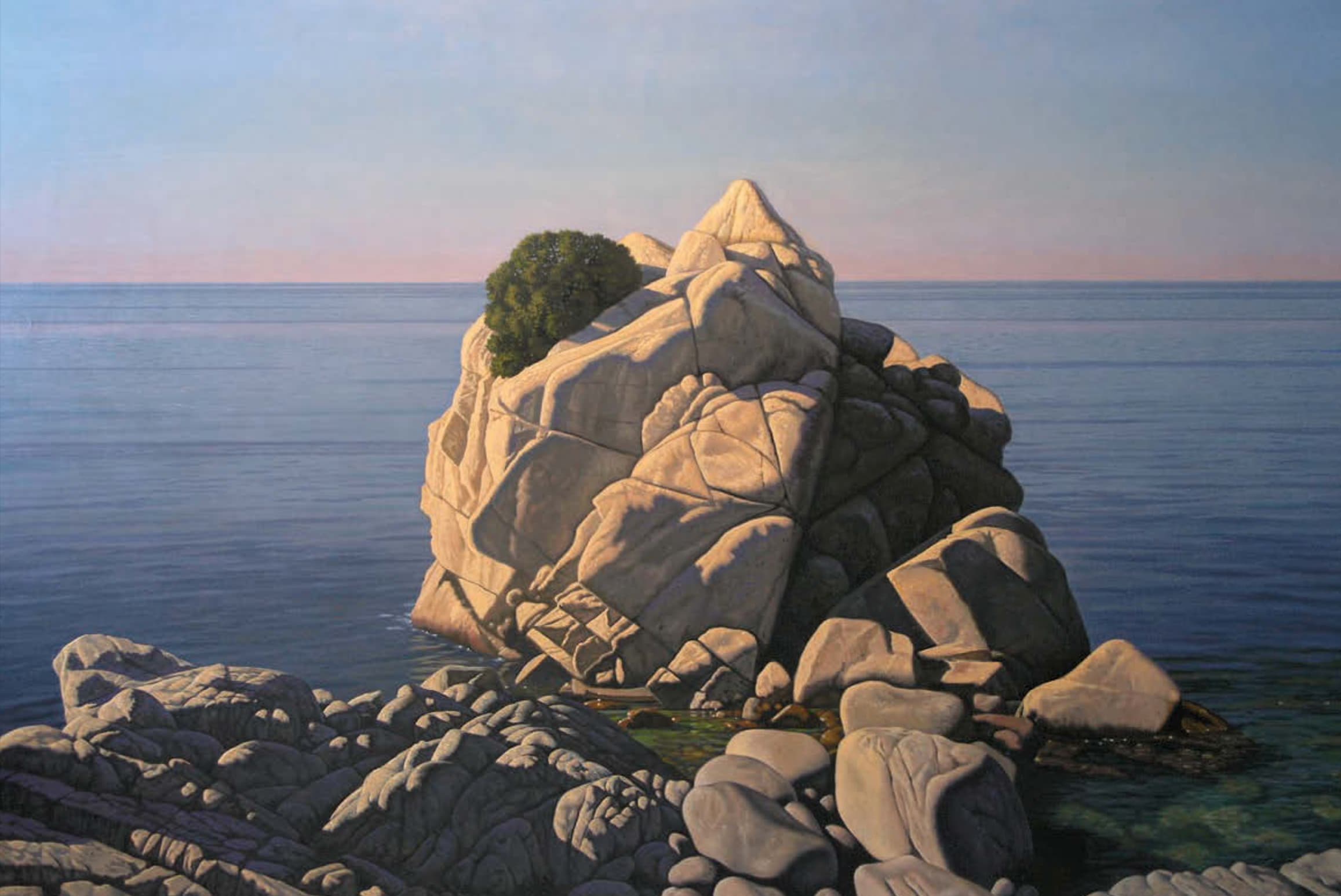
Let’s get illuminated! In this demo, artist David Ligare shares his process for creating a large-scale landscape painting with direct and indirect light.
By David Ligare

No matter whether I’m painting a simple rock or a figure in a landscape or a still life, it’s important to me to use the late afternoon sunlight and to create a sense of wholeness by recognizing all of the direct and indirect light sources. Everything in nature is a reflection in one way or another of everything around it.
I was preparing an exhibition of still life paintings for Hirschl & Adler Modern in New York City. Because most of these works were fairly small, I also wanted to include a few larger works that would relate to the seascapes seen in the backgrounds of the still lifes. These larger seascapes would also help anchor the room. Here you’ll find my process for bringing this large seascape to life.

Here you see Seascape with Large Rock (oil, 60×90) on the left within the exhibition of my still lifes at Hirschl & Adler.
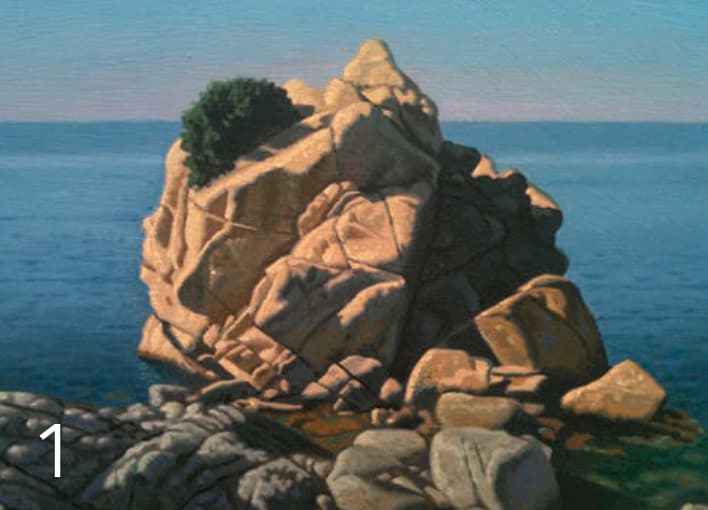
Study
First I made a 9×12 study in oil of a seascape with a large rock.
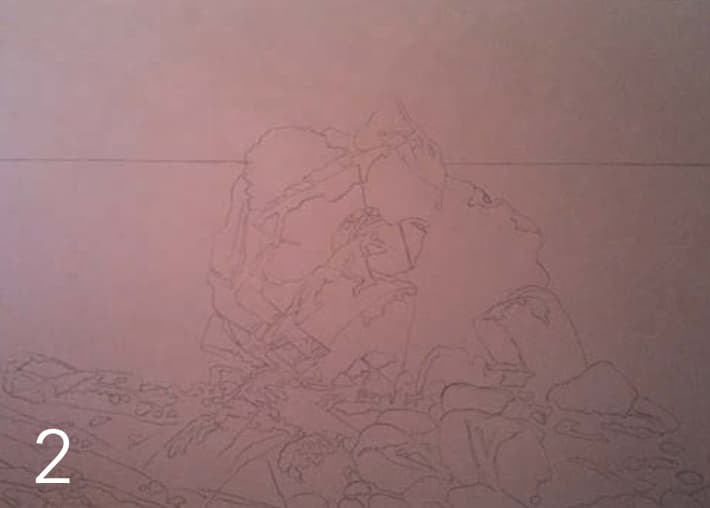
Underpainting and Drawing
I coated a large canvas (60×90) with a mixture of Winsor & Newton underpainting white and Venetian red and let it dry. Then, on the under-painted canvas, I created a careful drawing based on my study. I drew in charcoal so that I could easily make changes. Next, I went over the charcoal lines with pencil and then wiped off the charcoal so that it wouldn’t corrupt the paint.

Dark Beginnings
I began painting in my usual manner, addressing the darkest areas first and even making the lightest areas darker than they’d eventually be.

Graduated Color
I continued to develop the painting, area by area. I laid in the sky and the sea within a day so that I could easily blend their transitions. To do this, I added a small amount of turpentine to thin the paint and mixed five or six large “blobs” of paint that graduated from the pale coloring near the horizon to the deeper blue higher in the sky. I painted the sky with No. 12 bristle flats and rounds followed by a large badger-hair blender.

Highlights and Reflections
During the final phase of painting, I went over the entire picture, lightening areas and adding gleams of light. I like a painting that has the full reach of values, from the deep darks to sparkling lights. I also added warms and cools to show reflections coming from the sky or bouncing off nearby sunlit surfaces. Here you see the finished Seascape with Large Rock (oil, 60×90).
Meet David Ligare
At the age of 5, David Ligare moved with his family from Oak Park, Illinois, to the California coast. As a young man, he studied at the Art Center College of Design in Pasadena. Youthful peregrinations followed, both in Europe (he actually walked up to and knocked on the front door of Salvador Dalí’s home in Port Lligat on the Costa Brava in Spain and spent the afternoon chatting with the aristocratic surrealist in the artist’s studio) and in the United States, especially in New York City. He eventually settled in Monterey County on the California coast. The surrounding dramatic coastal lands serve as subjects and backgrounds for many of his paintings.
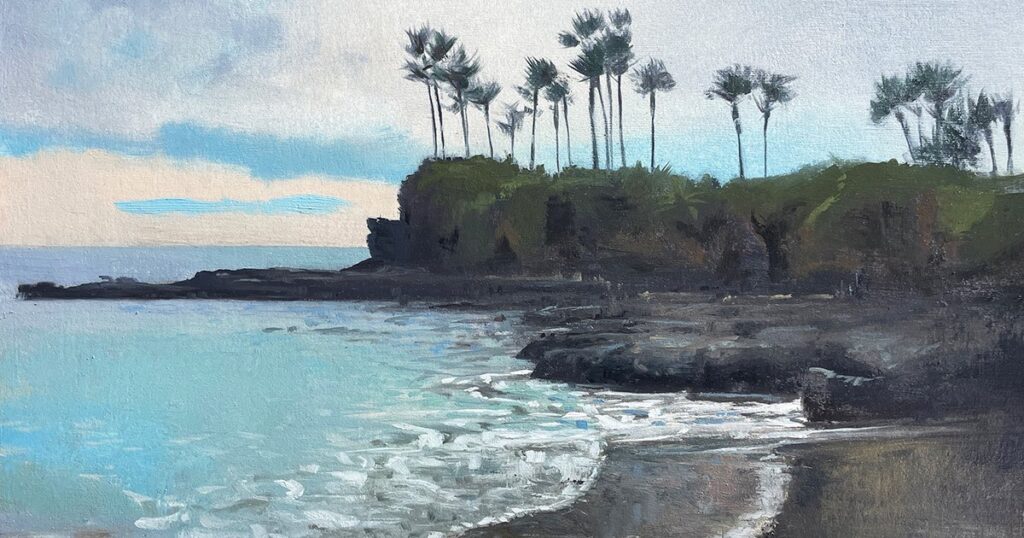

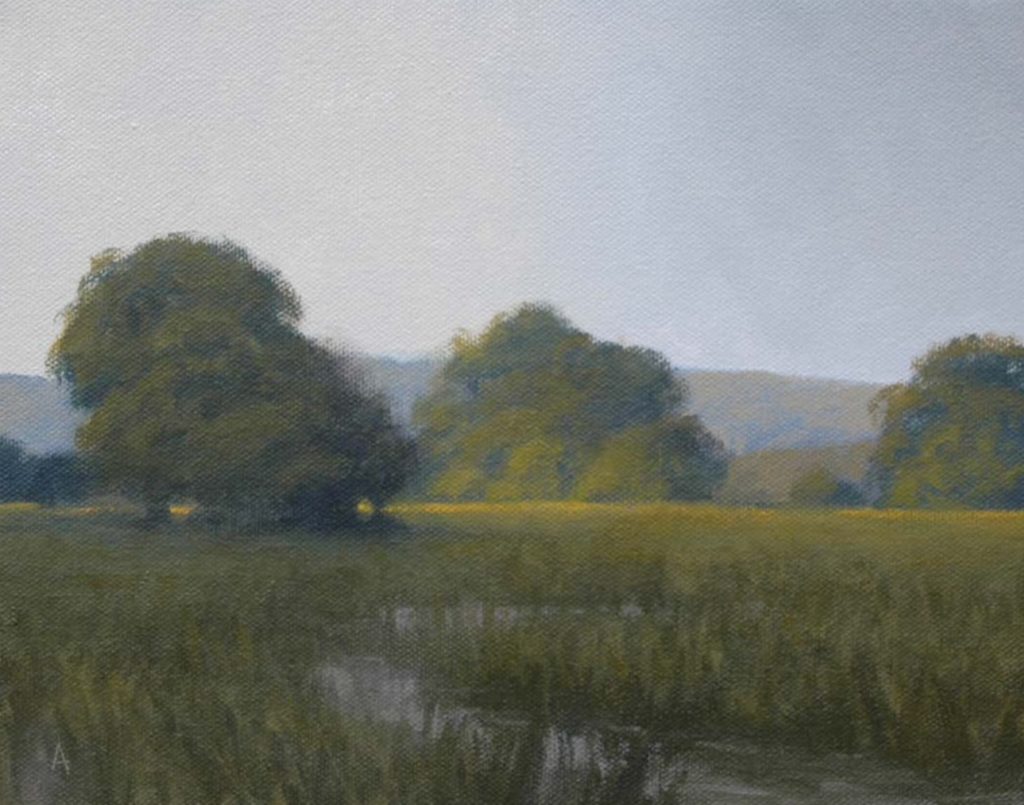
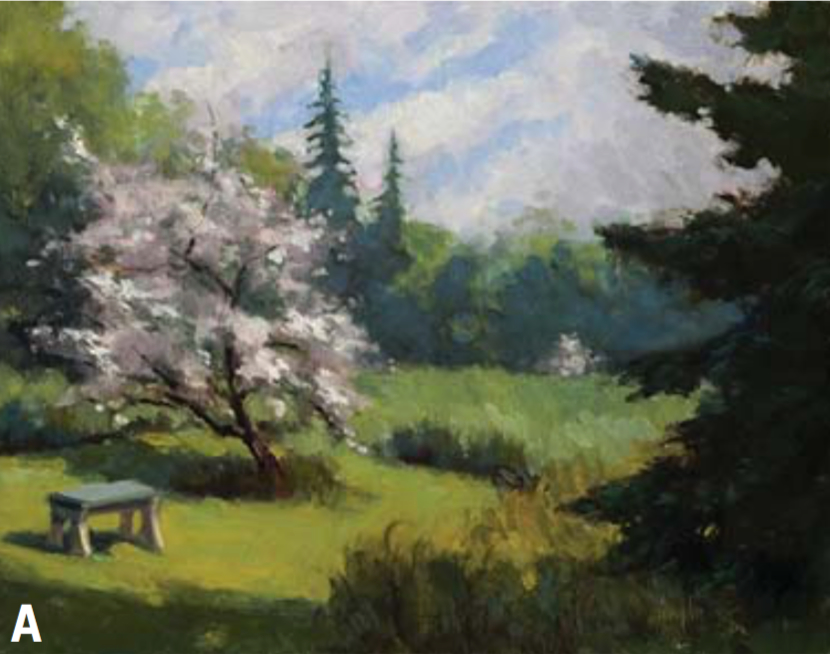
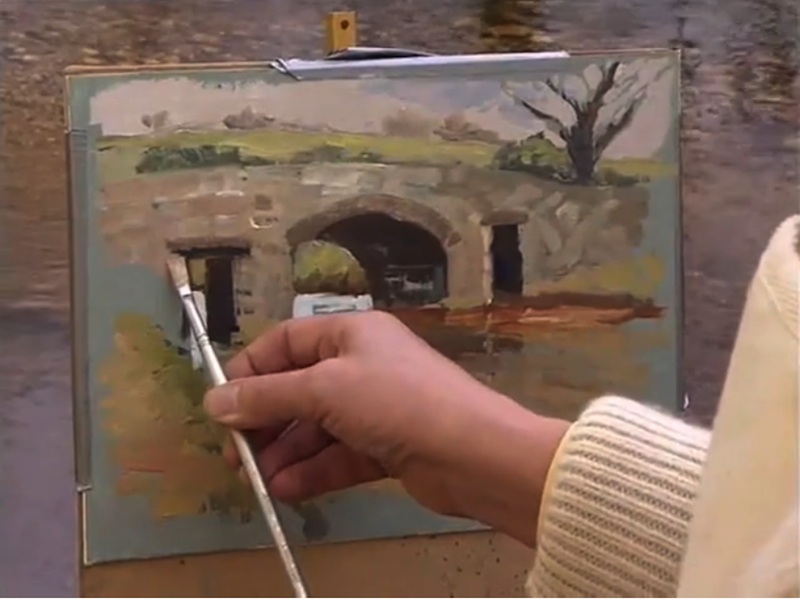
Have a technical question?
Contact UsJoin the Conversation!